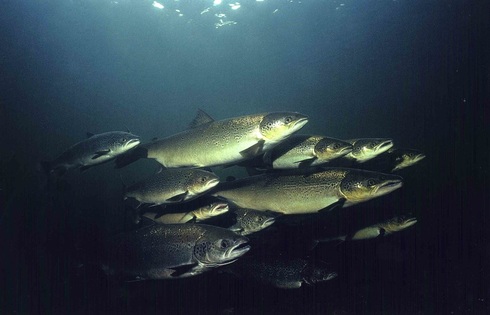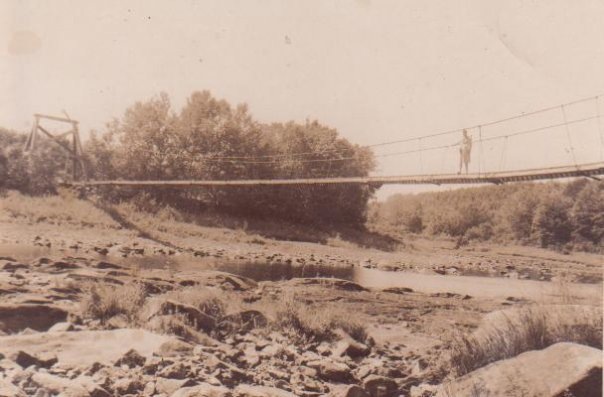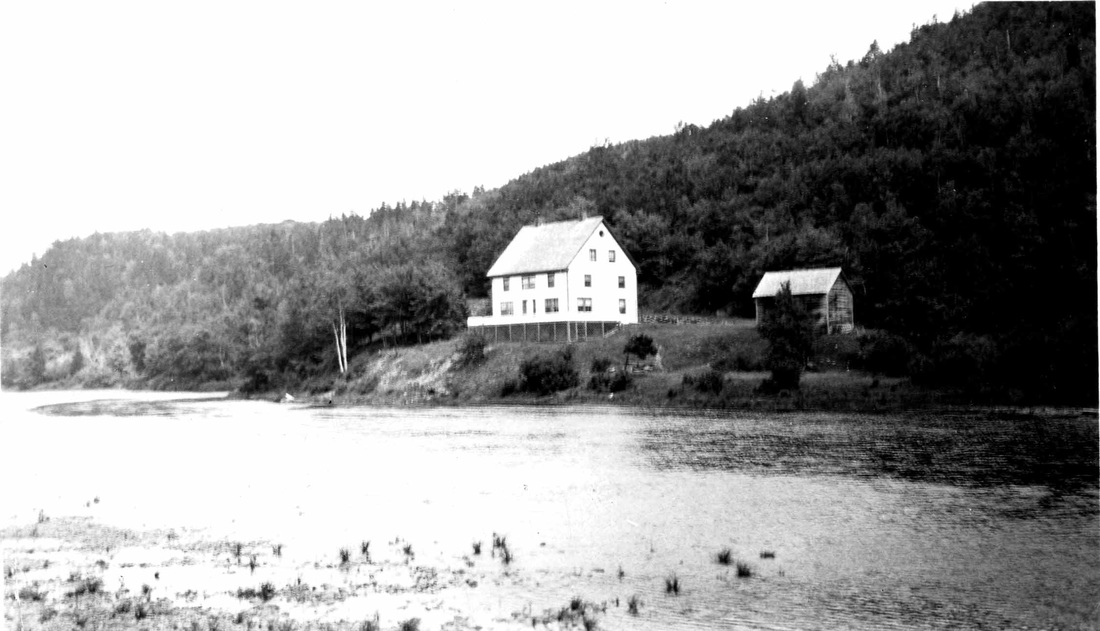|
St. Mary’s River – Cultural History
The St. Mary's River was used prior to European contact by the Miq'maq First Nation for sustenance and inland travel, taking advantage of its long length to penetrate the interior. The St. Mary's river was originally settled by the French who built Fort St. Marie (1654), from which the river took its name, and changed hands to the British in 1669. The watershed remained relatively lightly exploited until the 19th Century. A valuable commercial salmon fishery, tall stands of pine and rich soil attracted Irish settlers in the early 1800's and through the 19th century the watershed was an important part of the regional economics, contributing its forests to England as lumber and the Atlantic salmon to the tables of Europe and elsewhere. The St. Mary's River has a long history of log drives to deliver logs from the headwaters to the estuary for shipment elsewhere. The river was also used to power sawmills and as a transportation route for people, as well as providing an abundant source of food in the form of fish. By the mid-1800's the effects of exploitation on the river was apparent. Veith (1868) comments the St. Mary's river salmon fishery was second to none in Nova Scotia but had declined to almost nothing due to spearing and netting of salmon, and the use of the watershed and river for the export of logs and lumber. Knight (1867) also blames mill dams as being very abundant on most rivers of the Province, and preventing access to upstream areas by anadromous fishes. In 1969, a large-scale restoration project began in which a local village was restored to a period of the latter half of the 19th century. Today, the Sherbrooke Village, a part of the Nova Scotia Museum system, remains the greatest tourist draw within the St. Mary's River watershed. The watershed is lightly settled with the primary industries being tourism, forestry and agriculture. Industrial forestry also takes place with the wood being taken out of the watershed for processing, primarily as pulp. Atlantic salmon hold at Silver's Pool on the St. Mary's River. (Underwater photography by Gilbert van Ryckevorsel)
|
Above we see the footbridge that used to cross the West River St. Mary's at the Footbridge Pool (Photo courtesy of Ed Weir, Stillwater)
The old Crow's Nest Hotel on the east side of the main branch St. Mary's River. Gold miners working mines nearby stayed at the hotel.
Above we see the water powered sawmill at the Historic Sherbrooke Village Nova Scotia museum restoration,
Click here to see the mill in operation. |
|
St. Mary's River Association
8404 Hwy 7, PO Box 179, Sherbrooke NS, Canada B0J 3C0 Email: info@stmarysriverassociation.com Tel: (902) 522-2099 |
Copyright 2024




